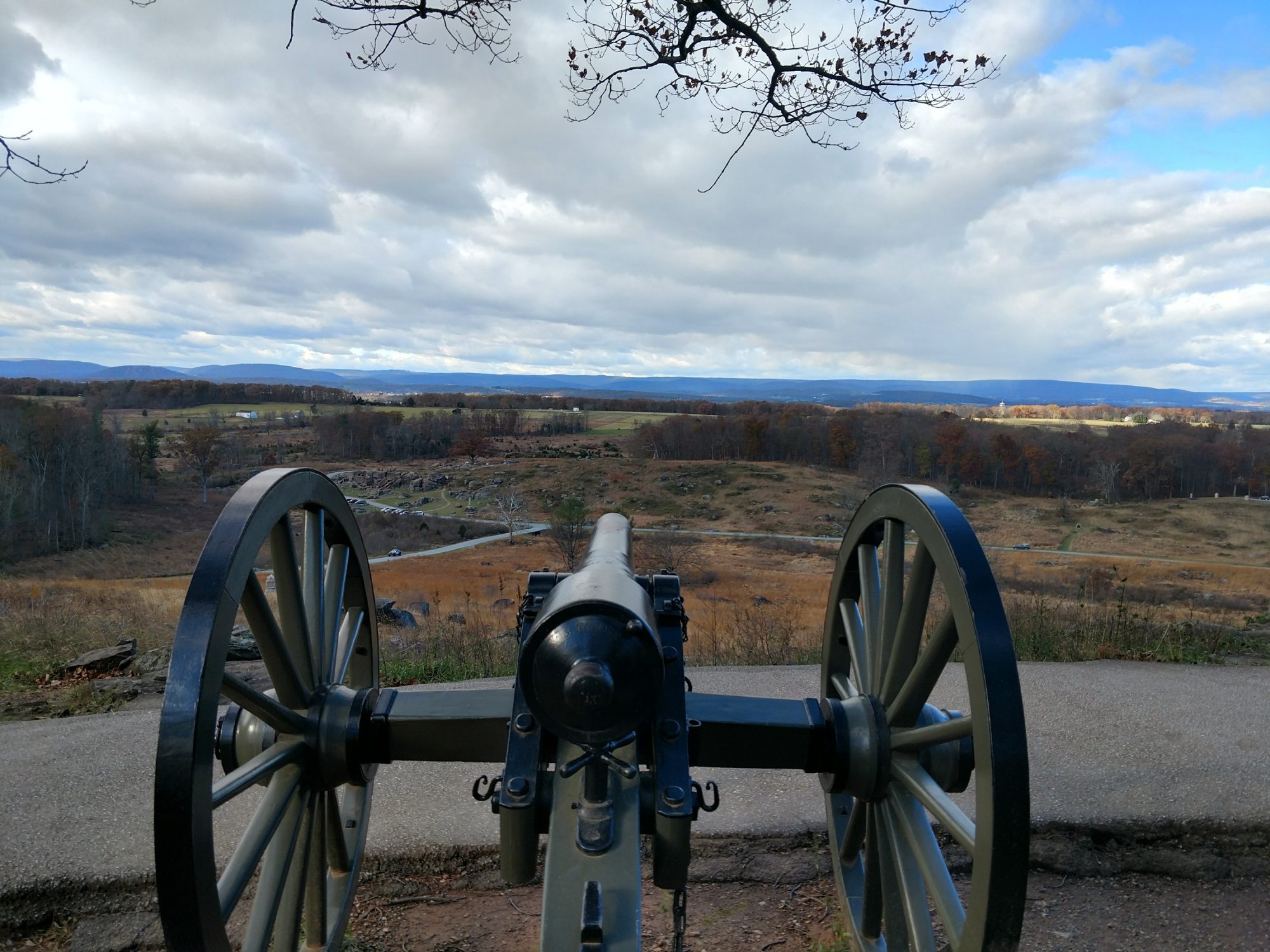I’m sitting in a mock-up of a Douglas C-47 Skytrain as the airframe rumbles and jerks from the impact of anti-aircraft fire outside. As we can see from looking out the windows, planes catch fire and go down around us. One particularly close explosion scores a hit and smoke seeps from the floor. Across from me, a group of young French school children laughs and points at the smoke, clearly not taken in by the special effects. I can’t blame them. Next to me, a tracksuit-clad eastern European man takes photographs of everything while a middle-aged couple nearby takes selfies. The staff then tells us we have crash-landed in Normandy and must get out. The “Airborne Experience” at a museum in Normandy, France has ended. It is not 1944, it is 2022, and it is my nightmare.
How best do we remember war? This is one of the most prickly questions to bedevil humans since we first started fighting wars, which was probably about five minutes after someone discovered the concept of a collective people and two minutes after that people collectively decided they wanted that other collective’s stuff. Through the eras, most remembrance has been, well, gaudy as hell. Victory arches, statues, obelisks – everything for that military-industrial marble complex. But as the world has veered towards the nation state and the idea of the individual, remembrance, too, has shifted.
When it comes to issues of remembrance at military sites today, there are many different schools of thought. Some go all-out with “experiences” and immersive exhibits. Some go for the simple and somber. But all seem to be in agreement on one point: that remembrance is important. However, when you get down to what exactly we’re all supposed to be remembering, there we come to some issues.
Take, for example, World War II. For people from the U.S., this is our “good” war. A war that we can feel good about because it destroyed the evil Nazi and Imperial Japanese regimes. Therefore, we celebrate those who fought in that war as the “greatest generation.” All well and good. As that generation has aged and is rapidly dying out, the veneration of their service and sacrifice has increased. Again, not a bad thing. But if we boil down remembrance to individual sacrifice, bravery, and heroism, this is a double-edged sword. Because you know who else was brave and did heroic acts as individuals? The Nazi soldiers. Service and sacrifice cannot be in and of themselves the reason for remembrance and memorialization, because it is a slippery slope from this to the acceptance that all soldiers of World War II fought with valor and all are worthy of remembrance and commemoration.
At this point, you’ll be thinking that I’m just splitting hairs and trying to be controversial for controversy’s sake. If only that was the case. We can begin with the old problem of the myth of the “clean” Wehrmacht. This trope states that only the SS were bad and murdery and that the Wehrmacht – the regular German army – were all just doing their jobs and abhorred the Holocaust. This is obviously ridiculous – even if they were just doing their job, that job involved the invasion and occupation of half of Europe for a regime bent on the destruction of Jews and Slavic peoples – and has been refuted repeatedly by scholars. And yet the myth continues, to the point that I could leave the “Airborne Experience” and go to the gift shop where I could buy some Wehrmacht reenacting uniforms, if I so chose. Between that and the various D-Day gimmicks being sold on a site where U.S. soldiers fought and died, I left feeling uneasy and rather sick to my stomach.
How best do we remember war. And how best do we remember the fallen.
This has stuck with me as I have walked cemeteries on battlefields across the U.S. and Europe. Can one’s identity be distilled down to name, rank, unit, and state of enlistment/induction? On the one hand, it is a great leveler – no matter the rank or class, there is no distinction. On the other hand, there is very little humanity. In the British Commonwealth cemeteries, there is room left on the stone for a brief remembrance from a family member. While some families left patriotic or religious notes, others plunged into the deeper issue of remembrance. One grave of a soldier in the Kent Yeomanry in the Netherlands reads, “Man’s inhumanity to man makes countless thousands mourn.”
And how do we remember the dead of Germany, or those dead in the cause of the Nazi regime? This is deeply troubling. One can visit the cemetery at La Cambe in Normandy, where over 21,000 soldiers who died in the service of the Nazi regime are buried. You will find Wehrmacht, SS, and hiwi – volunteers into the Nazi forces from eastern Europe and the Soviet Union – buried together. Adolf Diekmann, responsible for the open massacre of hundreds of French civilians in June of 1944 as the 2nd SS Panzer Division moved north to Normandy, is buried there. In the cemetery, you will not find anything referencing the cause for which they fought, killed, and died. Nothing says, “These men died propagating a murderous regime bent on racial destruction and national dominance.” Instead, the Bundeswehr now hold commemorative services here.
As the World War II generation fades away – and with it, the Holocaust generation – we run the risk of only remembering the individual, and not the larger cause of the war. This is the great and troubling problem of remembrance. It is how the Myth of the Lost Cause was able to overtake the national consciousness in the U.S. during the era of so-called Reconciliation in the 1870s to 1890s and it is how Russia is attempting to justify its invasion of Ukraine.
The more we ask, “What exactly are we meant to remember,” the more we will come closer to preventing man’s inhumanity to man.
Enjoy what you’ve just read? Please share on social media using the buttons below.
Views expressed in this piece are the author’s own and do not reflect those of the U.S. Army or Department of Defense.
Cover image: 1st Infantry Division Memorial, Omaha Beach, Normandy



